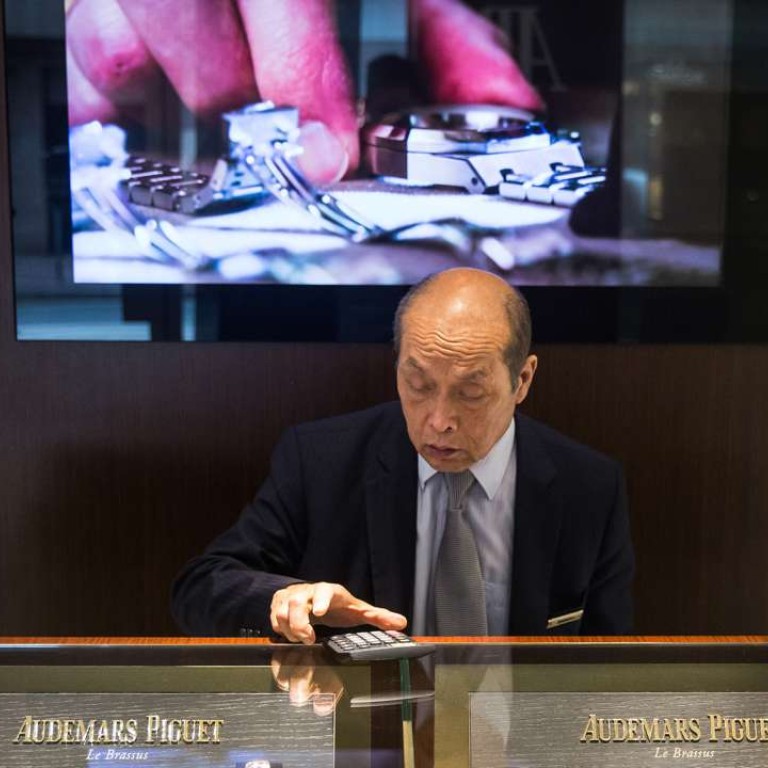
New | Hong Kong’s retail landlords in shift towards food and beverage, local brands, smaller shops
Landlords are adjusting their tenant mix to appeal to a broader segment of consumers, according to Savills
Local operators may be facing a crisis of sorts, but are meeting challenges posed by the shifting landscape.
For some commentators, Hong Kong retail is facing its biggest test in a while. The market continues to be characterised by shrinking mainland arrivals, falling rents, and changing demographics. Is it all doom and gloom, or can the sector adjust and come out in good shape?
Our newly released Retail Leasing Briefing showed rents in traditional tourist districts dropping 5 per cent in the first quarter of 2016. This has been compounded by a decline in overall overnight inbound tourists by 9 per cent in January and February 2016. Going deeper, the number of overnight Chinese visitors was down by 16 per cent over the first two months of the year.
The numbers couldn’t have come at a worse time on the back of 2015’s figures, which saw prime street shop rents tumbling by 30 per cent, overall overnight inbound tourists declining 4 per cent, including overnight Chinese visitors down by 6 per cent.
In real terms, inbound tourist arrivals and retail sales recorded their fastest post-SARS drop in 2015. Understandably, there is a panic in the air and Hong Kong’s retail market remained generally bearish at the beginning of 2016. Market consensus is that the outlook for the prime street shop segment will remain generally gloomy over the first half of 2016.
Savills data suggests that prime street shop rents have almost regressed to levels not seen since before the global financial crisis. Rents will soon reach more sustainable levels, reversing the process of exponential growth from 2009 to 2013, which was driven by capital from Mainland China flooding the local economy.
To compound this issue, a shift has occurred in the profile of mainland tourists, who are increasingly arriving from second and third tier cities. These shoppers are more price sensitive and more likely to be interested in affordable luxury rather than top end jewellery or the higher end fashion brands.
High-street fashion/accessory brands and particularly active wear/sports retailers are beginning to take up space previously occupied by watches and jewellery and other Mainland-focused trades. For those streets which have proved unsuccessful during the boom times rents are not only falling but the character of the street is changing more towards food and beverage and local operators. For many this would be considered a good thing.
Looking at the shopping malls, landlords are adjusting their tenant mix. In prime shopping malls, units are beginning to be subdivided. Landlords are seeking freshness and diversity in their retail mix, to appeal to a broader segment of consumers. Savills indicates that there will be a thinning of luxury offerings, to be replaced by more affordable and intriguing retailers that can attract the local market. Outlets on their way in will include new food and beverage offerings together with the likes of gelato and ice cream operators that can work in a smaller space, and yet keep the rent to area ratio attractive for landlords.
The steep deterioration in visits by Chinese mainlanders was to some extent compensated for by growth in the short-haul markets such as Japan, South Korea, Thailand and Taiwan. Tourist numbers from these countries were up by nearly 14 per cent over the first two months of this year.
The typical short-haul market visitor has different travel preferences and tastes when shopping and dining than their Chinese counterparts. They are often more interested in Hong Kong’s local flavours and culture and they are less likely to shop for luxury items sold by the big international brands.
Currency movements may also go some way to explaining changing travel and spending patterns as volatility in the foreign exchange markets has become more pronounced. The rise of Asian budget carriers, and the troubled state of their domestic economies, may also explain their lack of spending power. For now the future is unclear. Landlords and tenants will benefit from being nimble and taking a flexible approach to the shifting landscape.
Nick Bradstreet is Managing Director and Head of Leasing, Savills
